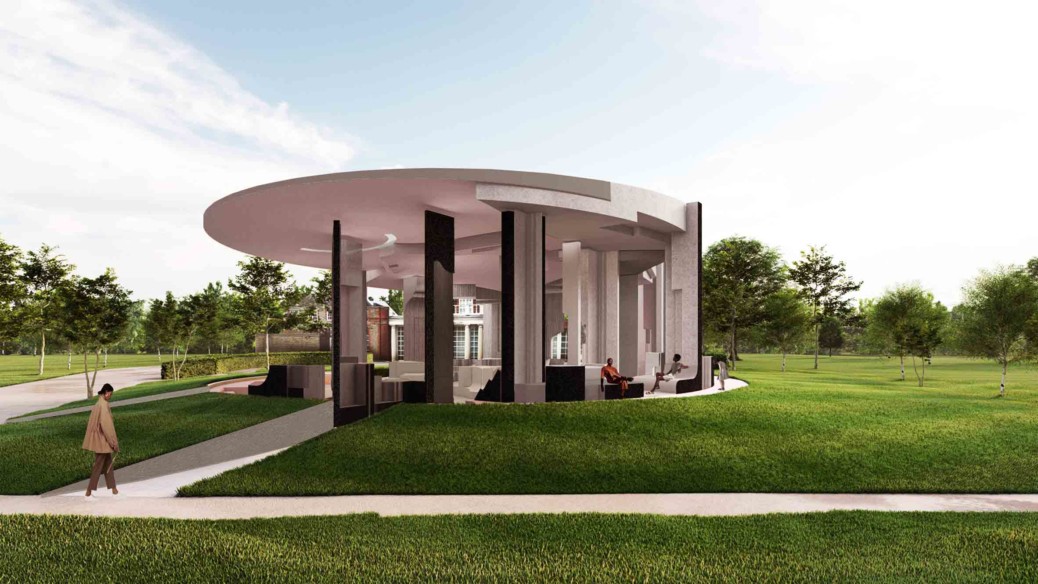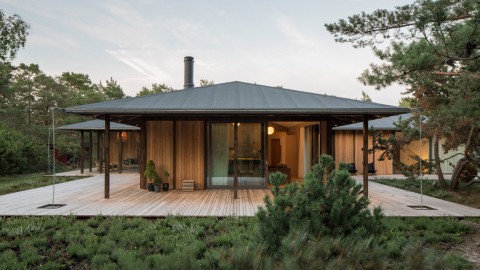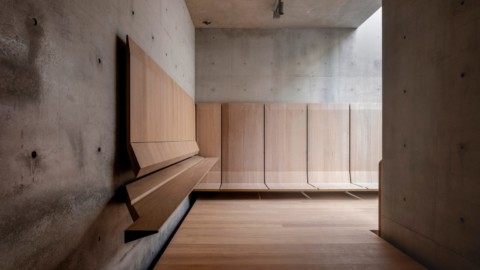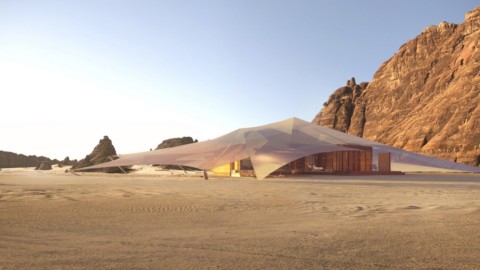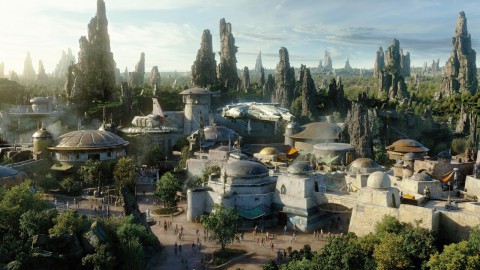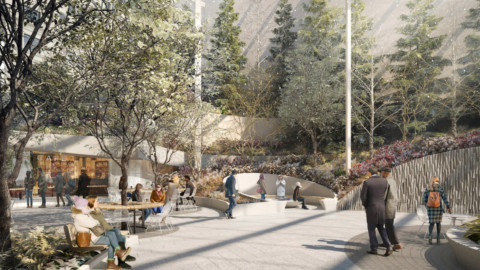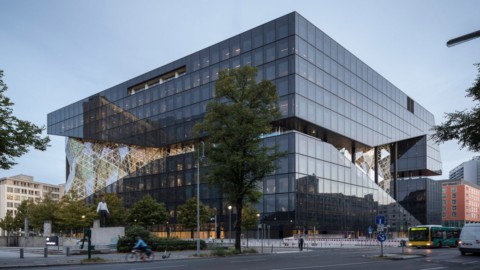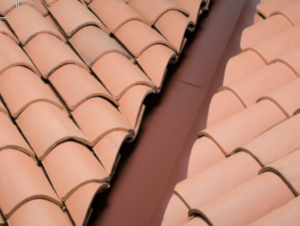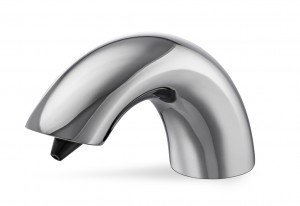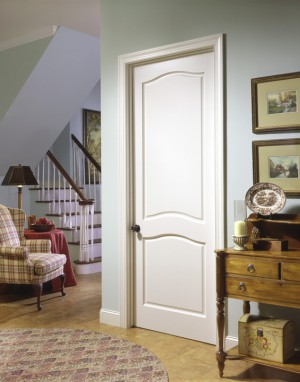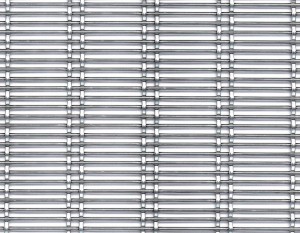South African architecture studio Counterspace will use cork and bricks made of recycled construction waste to build this year’s Serpentine Pavilion, which refers to the experiences of London’s migrant communities in its design.
K-Briq modules, a new technology from Kenoteq that makes bricks from 90 per cent recycled construction and demolition waste, will be used for the pavilion.
Because these bricks don’t require firing, they produce just a 10th of the carbon emissions of standard fired bricks, according to Kenoteq.
The other main material will be cork sourced from Portuguese producer Amorim. Cork is considered a more sustainable alternative to many woods because it doesn’t require cutting the tree down to harvest its bark.
南非建築工作室Counterspace將使用回收建築廢料製成的軟木和磚塊建造今年的蛇形展館,該展館借鑒了倫敦移民社區的設計經驗。
展館將使用K-Briq模塊,這是Kenoteq的一項新技術,可將90%的回收建築和拆除廢物製成磚塊。
根據Kenoteq的說法,由於這些磚塊不需要燒製,因此它們僅產生標準燒製磚碳排放量的十分之一。
其他主要材料將來自葡萄牙生產商阿莫林(Amorim)。 軟木被認為是許多木材的更可持續的替代品,因為它不需要砍伐樹木即可收穫其樹皮。
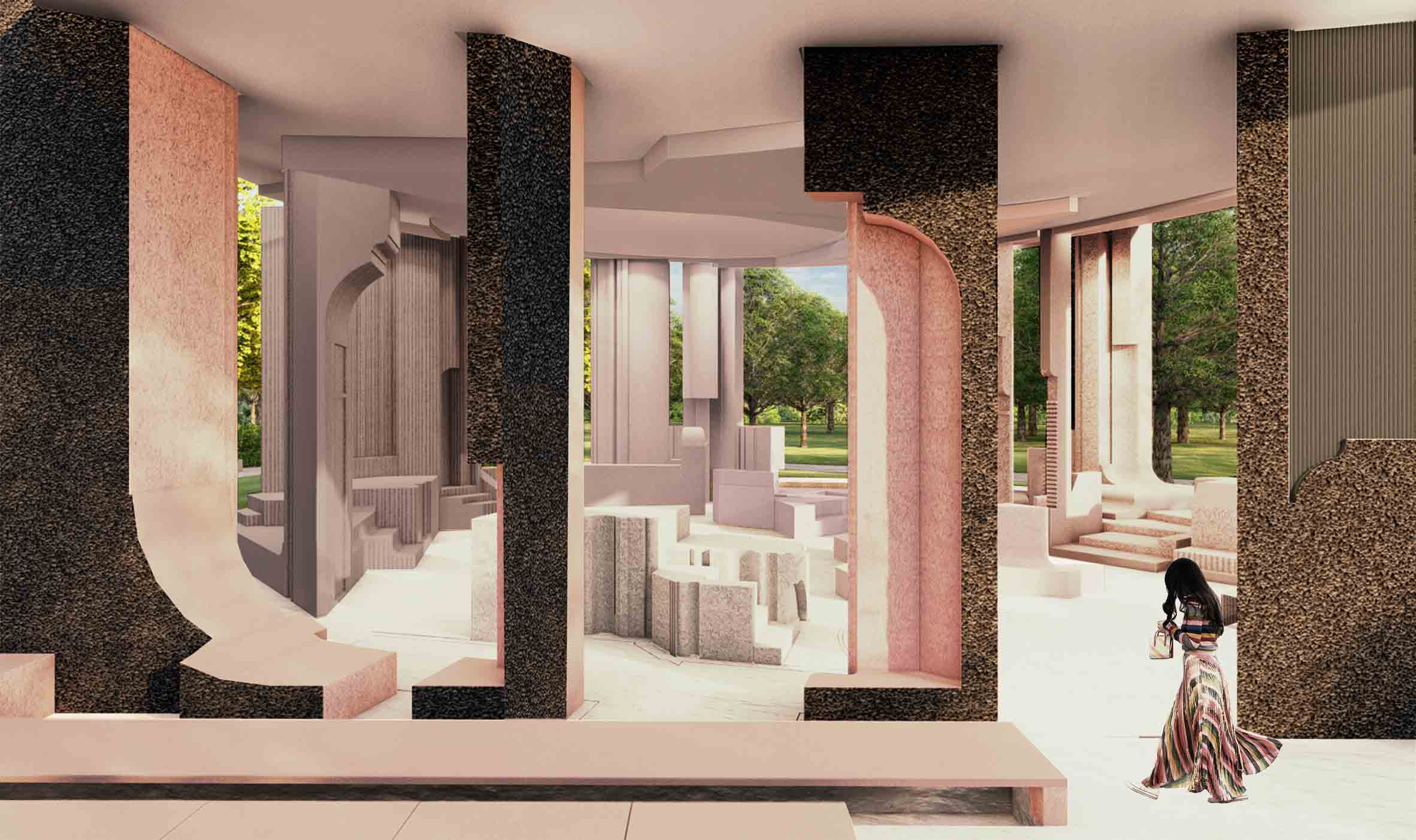
Counterspace’s pavilion, which is the 20th Serpentine Pavilion, will centre on the experiences of London’s migrant communities.
Different textures, shapes and gradients will be used to reference places in London that have large migrant populations, such as Brixton, Hoxton, Hackney, Whitechapel, Edgware Road, Peckham, Ealing and North Kensington.
“The pavilion is itself conceived as an event — the coming together of a variety of forms from across London over the course of the pavilion’s sojourn,” said lead architect Sumayya Vally
“These forms are imprints of some of the places, spaces and artefacts which have made care and sustenance part of London’s identity.”
Counterspace的展館是第20個蛇形館,將以倫敦移民社區的經歷為中心。
將使用不同的紋理,形狀和漸變色來引用倫敦的大量移民人口的地點,例如布里克斯頓,霍克斯頓,哈克尼,白教堂,埃奇韋德路,佩克漢姆,伊靈和北肯辛頓。
首席建築師Sumayya Vally表示:“展館本身就是一個活動,在整個展館期間,倫敦各地的各種形式匯聚在一起。”
“這些形式是某些地方,空間和手工藝品的烙印,這些地方,空間和手工藝品已成為倫敦身份的一部分。”
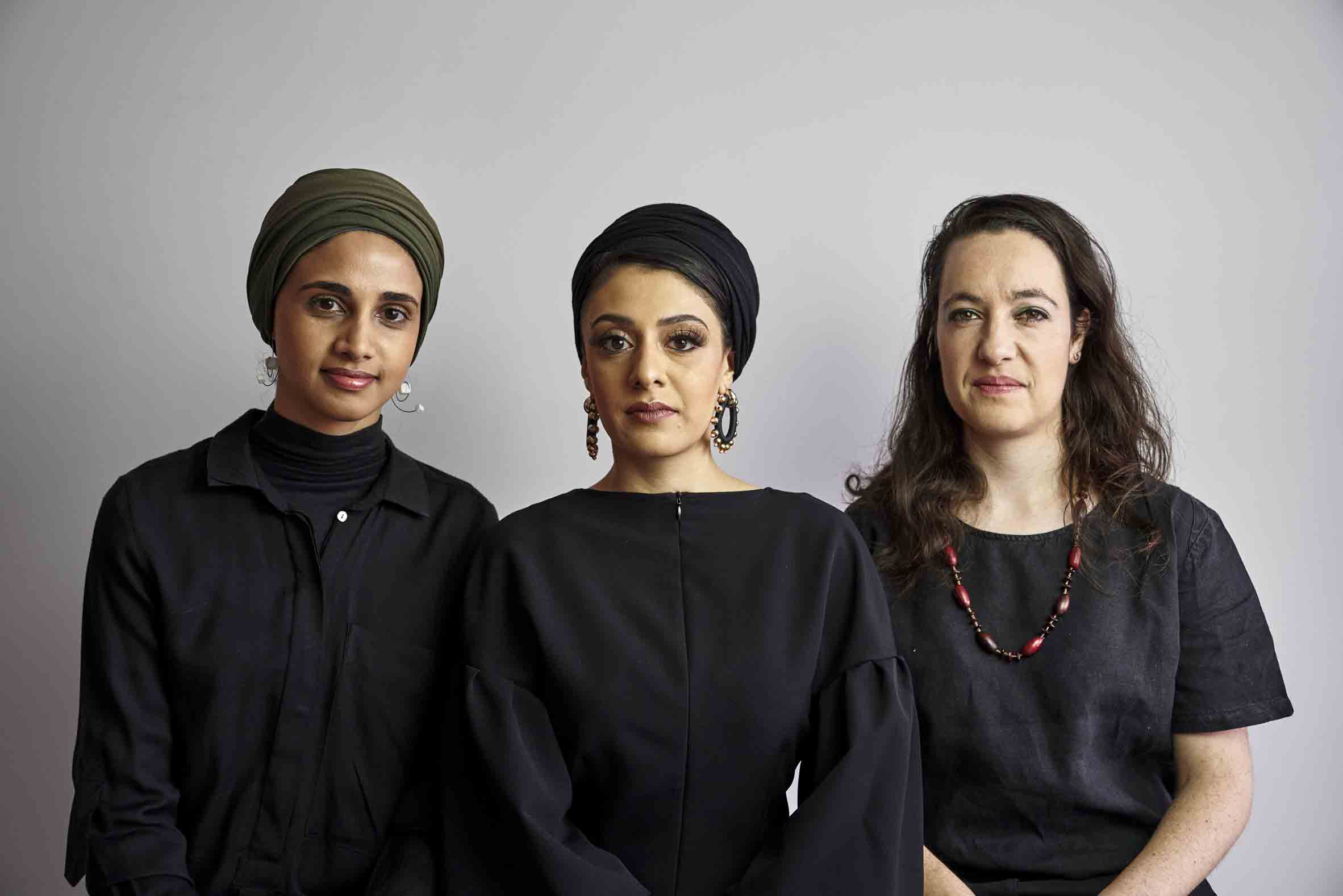
Moveable elements will allow parts of the Serpentine Pavilion 2020 to be taken and put on display in different neighbourhoods around London. Here they will host community events before being returned to the main structure at the end of the summer.
This live programme is part of the Serpentine’s Back to Earth series, which explores how architecture can create spaces outside of hierarchy, promote wellbeing, and evolve with the environment.
可移動的元素將使蛇形館2020的部分內容可以在倫敦周圍的不同街區中展出。 在這裡,他們將主持社區活動,然後在夏季結束前返回到主要結構。
該直播程序是“蛇紋石的回歸地球”系列的一部分,該系列探討了建築如何在層次結構之外創建空間,促進幸福感以及與環境一起發展。
Counterspace’s three directors Sumayya Vally, Sarah de Villiers and Amina Kaskar, who founded the studio in Johannesburg in 2015, will be the youngest architects to design the Serpentine Gallery’s summer pavilion.
Counterspace is also only the third studio founded exclusively by women to receive the Serpentine Gallery commission, following Zaha Hadid in 2000 and Frida Escobedo in 2018.
Last year, Counterspace used mirrors to reflect the pollution that hangs over Johannesburg from mining waste.
Counterspace were chosen by the Serpentine’s artistic director Hans Ulrich Obrist and CEO Bettina Korek, who was appointed in 2019 after Yana Peel resigned over the Israeli spyware scandal.
Advisors on the project included architects David Adjaye, Lesley Lokko and David Glover, alongside the Serpentine’s head of construction Julie Burnell and the project’s curator Natalia Grabowska.
“The idea of working with different communities is very important for us and Counterspace’s proposal does this in a remarkable way,” said Ulrich Obrist. “We were totally convinced by the social dimension of their practice.”
“They bring an African perspective, an international perspective but they are working with locations and communities right here in London and their pavilion design is inspired by that work.”
In a recent interview with the art newspaper Ulrich Obrist said that “ecology will be at the heart of everything” the Serpentine Galleries will do going forward.
Last year’s Serpentine Pavilion was designed by Japanese architect Junya Ishigami, who built a hill from stacked slate piles.
Counterspace的三位董事Sumayya Vally,Sarah de Villiers和Amina Kaskar於2015年在約翰內斯堡成立了工作室,將成為設計蛇形畫廊夏季展館的最年輕的建築師。
繼2000年的紮哈·哈迪德(Zaha Hadid)和2018年的弗里達·埃斯科貝多(Frida Escobedo)之後,Counterspace還是唯一由女性創立的第三家工作室,接受蛇形畫廊的委託。
去年,Counterspace使用鏡子反射了約翰內斯堡採礦廢物所造成的污染。
蛇形的藝術總監Hans Ulrich Obrist和首席執行官Bettina Korek選擇了Counterspace,後者在Yana Peel因以色列間諜軟件醜聞辭職後於2019年被任命。
該項目的顧問包括建築師David Adjaye,Lesley Lokko和David Glover,以及蛇形建築的負責人Julie Burnell和該項目的策展人Natalia Grabowska。
Ulrich Obrist說:“與不同社區合作的想法對我們非常重要,Counterspace的提議以非凡的方式做到了這一點。” “我們完全相信他們實踐的社會意義。”
“他們帶來了非洲的視野和國際視野,但是他們正在與倫敦的地點和社區合作,他們的展館設計受到了這項工作的啟發。”
蛇形畫廊在最近接受藝術報紙Ulrich Obrist採訪時說,“生態將成為一切的核心”。
去年的蛇形展館是由日本建築師石上淳彌設計的,他用堆積的石板樁建造了一座小山。
FROM:https://www.dezeen.com/2020/02/10/serpentine-pavilion-2020-counterspace-recycled-bricks/

